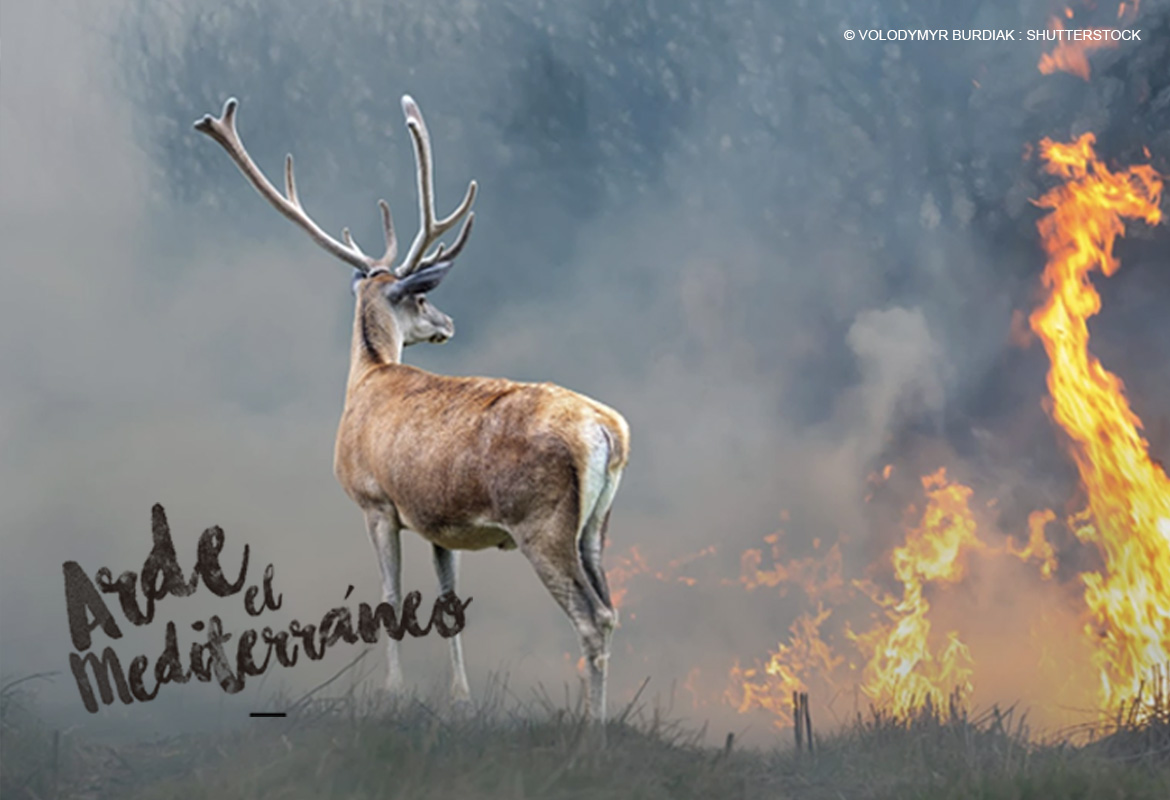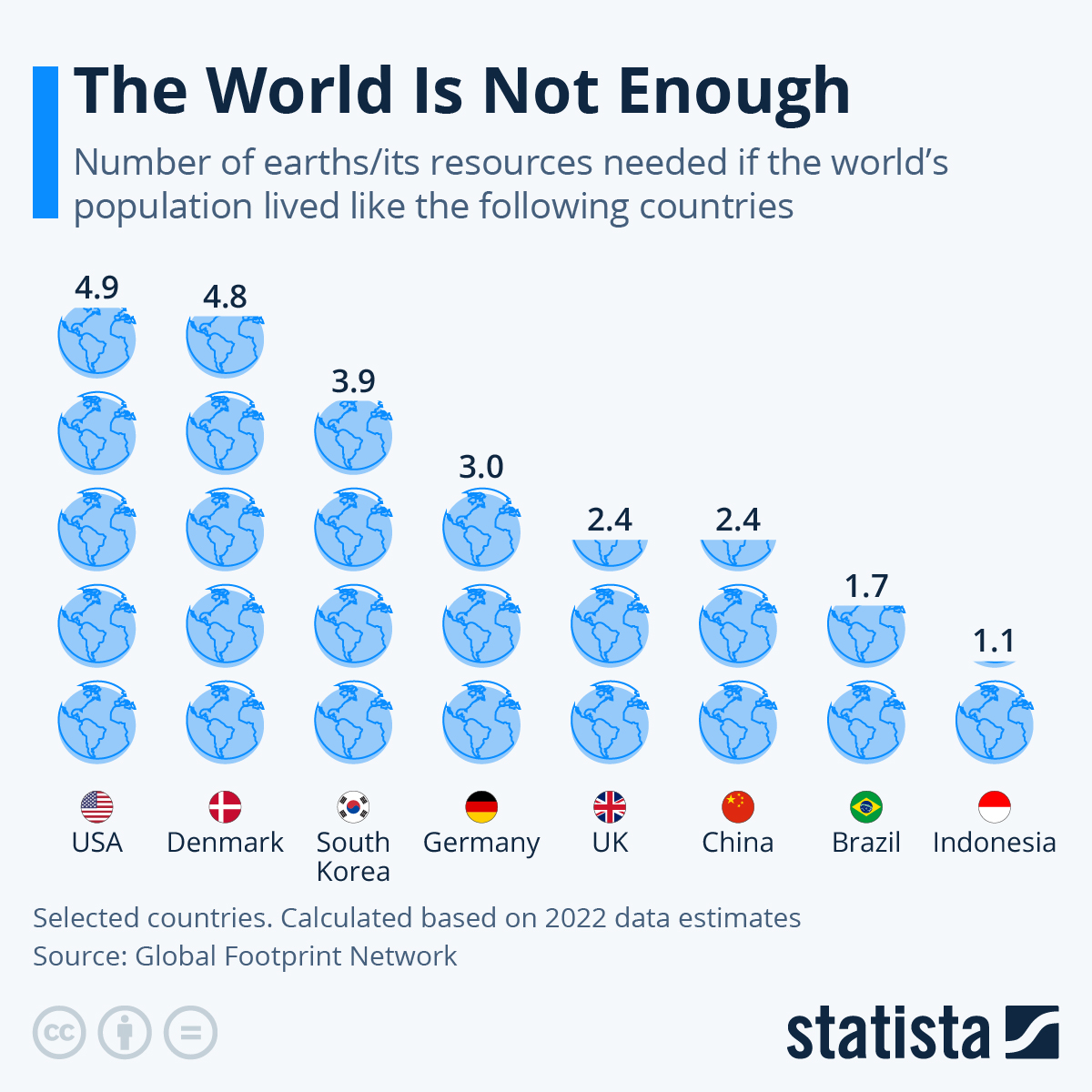Below is a really good report from : https://only.one
It is an organisation totally dedicated to all matters concerning the sea.
A report by Tyler Dunning, an environmental writer.
Deep Dive
The planet is being ravaged by plastics and stopping it requires more than recycling. Prevention starts with mitigating production.
Plastics have visibly contaminated our ocean and afflicted countless marine species. Because they’re derived from fossil fuels, they have contributed heavily to the heating of our planet and have spread petrochemicals ubiquitously through our water and soil and air. They’ve also had disturbing consequences for public health.
The statistics are so dire that they are difficult to conceptualize: that by 2050 there could be more plastic in the ocean than fish; that a garbage truck’s worth of plastic enters the ocean every minute; that microplastics are now being detected in utero and that petrochemicals are diminishing the ability of current and future generations to reproduce—all while a mighty few profit from plastic production.
But here’s the better news: we don’t live alone in this world of accumulating hazards. Collectively, our voices can bring global accountability to the goliath interests that have gone unchecked for far too long. By treating pollution as a symptom and not the disease, we can finally address this plastics crisis at the source.
Plastic has a young yet complex story. This “material of a thousand uses,” though still revolutionary and advantageous in many aspects, has resulted in an even greater number of misuses and dire consequences. The most obvious is marine pollution.
Damage from pollution is escalating—it’s estimated that by 2040 there will be 110 pounds of plastic for every three feet of coastline on the planet · Shawn Heinrichs
About half of all plastics float. Other types, such as vinyl, sink like stones. Because of this, plastic products bob on the water’s surface while simultaneously littering the deepest reaches of the seafloor · Cristina Mittermeier
Beach surveys consistently report that 60 to 80 percent of coastal pollution is plastic · Shawn Heinrichs
Plastic debris was initially observed in the ocean in the late 1960s, and a mere thirty years later, the first of five major “garbage patches” was discovered. Think of these as massive aquatic areas of trash soup—regions formed by circulating currents, called gyres, that navigate debris to central stagnant locations. The Great Pacific Garbage Patch, situated between California and Japan, was initially thought to have the same surface area as France, but is now more accurately estimated at three times that size. The five main gyres that form garbage patches collectively cover 40 percent of the ocean’s surface—and plastic production, as no surprise, correlates directly to the accumulating debris.
We’ve unfortunately become too familiar with—and desensitized to—viral videos and images of sea turtles with plastic straws lodged in their nasal cavities, or the decayed remains of albatross with exposed stomachs full of bottle caps and cigarette lighters, or tiny seahorses latched to floating cotton swabs as if courting a friend. Lost and discarded fishing nets, also made of plastic, have become a major ocean pollutant and indiscriminate killer. The toll taken on marine species is incalculable, agonizing, and simply unacceptable.
It’s very common for marine life to get tangled in discarded fishing gear, like plastic nets or line, and drown. This green sea turtle is one such casualty · Shane Gross
If you trace the petrochemical thread from pollution back to production, one theme repeats: unnecessary suffering. Because of this, marine species must increasingly navigate the plastic minefield overtaking their seascape · Sam Hobson
Single-use plastics are made from fossil fuels that can take hundreds of millions of years to formulate. Yet, these items—like bottle caps, fast food packaging, and grocery bags—may only get used for seconds or minutes. Once in the ocean, they may never biodegrade · Cristina Mittermeier
The first plastic was invented in 1869, a substance called celluloid that could be made to replicate the aesthetics of wildlife: tortoiseshell, linen, ivory. Many applauded it as a savior of animals. Nearly a century and a half later, a darker truth has been revealed · Caroline Power
Most nets are now made of nylon, a strong and cheap form of plastic that doesn't easily breakdown. When lost or discarded, these nets can tumble across shallow reefs, snagging and destroying the live coral along their path · Richard Whitcombe
To a less visible degree, nature can’t completely decompose plastic molecules—debris degrades into smaller and smaller pieces, but almost never biodegrades—allowing these “forever” micro- and nanoplastics to contaminate ecosystems across the globe. They’ve been detected from the top of Mount Everest to the bottom of the Marianas Trench. Microplastics get ingested by a whole suite of organisms, from plankton to krill to larger vertebrates, which then get eaten by even larger predators.
This bioaccumulation of plastic makes its way to the top of any food web—including our own dinner plates.
Many of us have been literally screaming about this gigantic, out of control problem for years, and yet even with the latest report from the IPCC, when I look around this beautiful planet that is, after all the only home we have, the destruction that WE HUMANS are doing baffles me.
I will give you an example, close to home, here on Menorca, this month of August, we have had hundreds of thousands of visitors who come to this island for the peace and quiet. What a joke, when I do get the brave up and go into town, I don´t see happy smiling "we are on holiday" faces, I see angry ones instead. The town is completely packed, there are cars everywhere, even though there is a limit in place on the amount of hire cars on the island, this is because people have brought their own cars with them, clever heh! Thanks a bunch, now the roads are constantly jammed, especially to the ferry port, which they all came from and go to, there are reports in the local papers of cars parked at local beaches for 2 km, along the small lanes around these places.
The amount of accidents on the roads have increased (naturally) which puts a tremendous strain on the heatlh service already under pressure. The whole situation is laughable. The government here are saying that it is bringing money to the island, I would love to know how that is, a lot are staying in hotels owned by chains, based out of Menorca, and some out of Spain. The people who come from the mainland go to Mercadona, which is not based here, but on the mainland, also Lidl (A german company) so all the money goes off the island.
There is also the problem of when people go the the virgin beaches (so clean and unspoilt) they are not so when they leave. They buy all their picnics and drinks etc to take to the beach, but for some reason feel that they don´t have to take the empty bottles, containers back with them, it´s as if they imagine that we have a huge army of cleaners here who work at night to clean up after them!
I and many others will be so pleased when we reach September, this month has been absolutely awful! There are many people who live here who have been wondering what happened and how come the balearic government allowed the quantity of visitors to come here, I have read somewhere that other Islands have limited the amount of visitors they let on. I do believe that something like that needs to happen here.
Fingers crossed that those public officials realise that money is not everything and quality of life means so much more than a few more euros in the bank, sitting there, doing nothing.
The blog song for today is "Give a little bit" by Supertramp
TTFN









